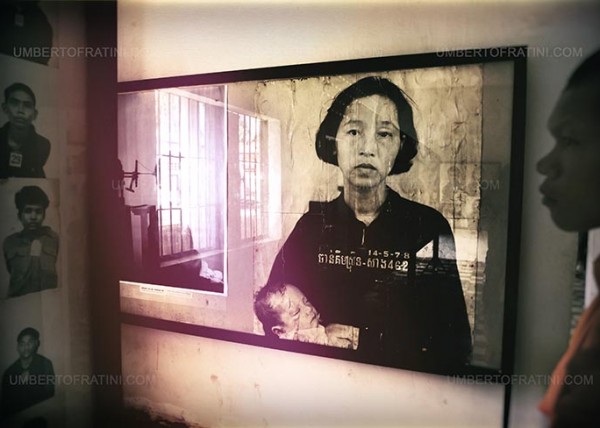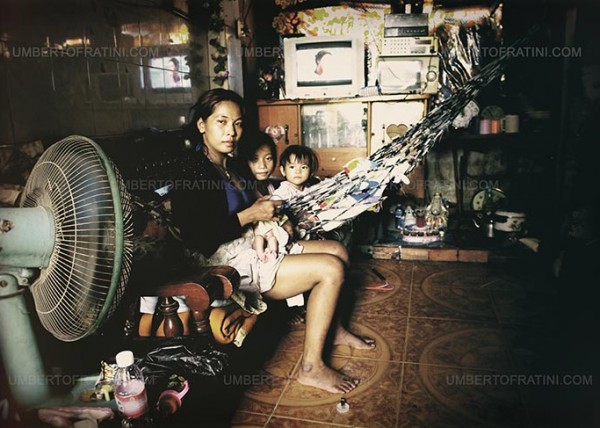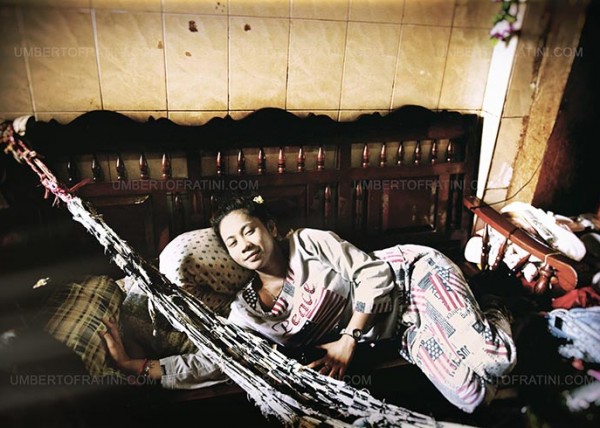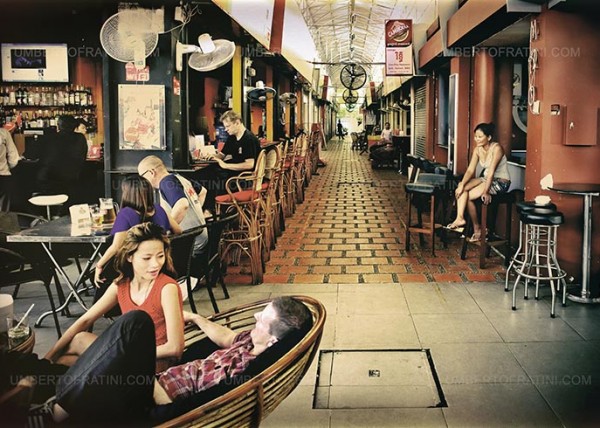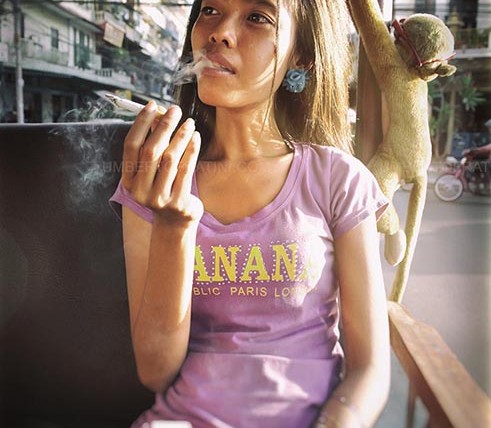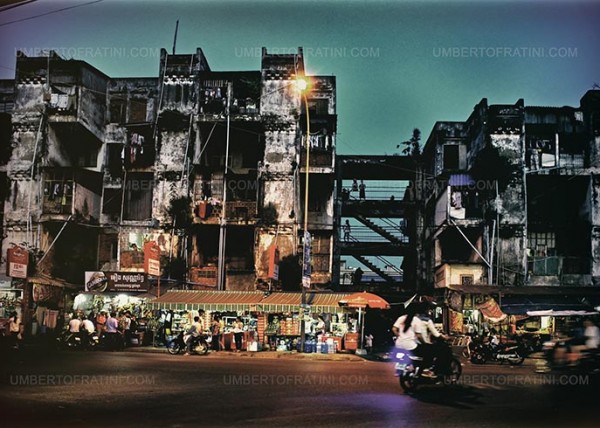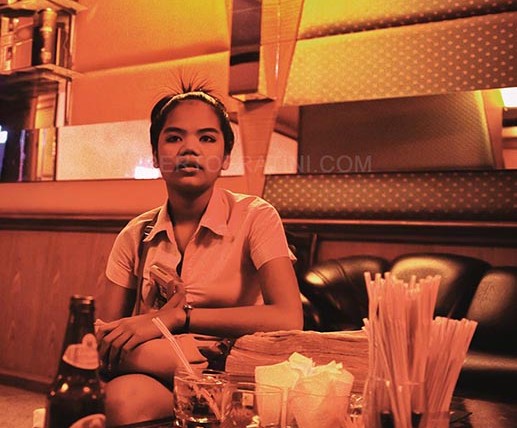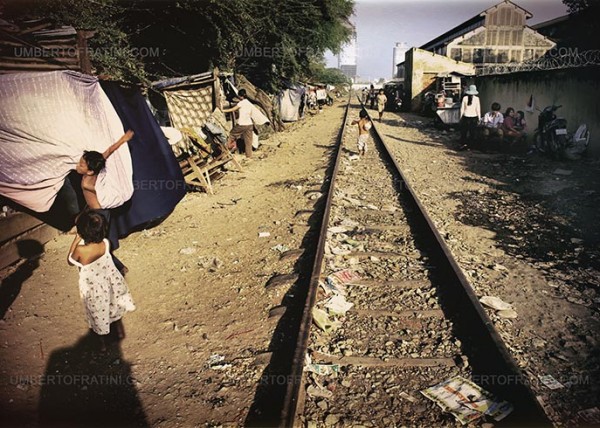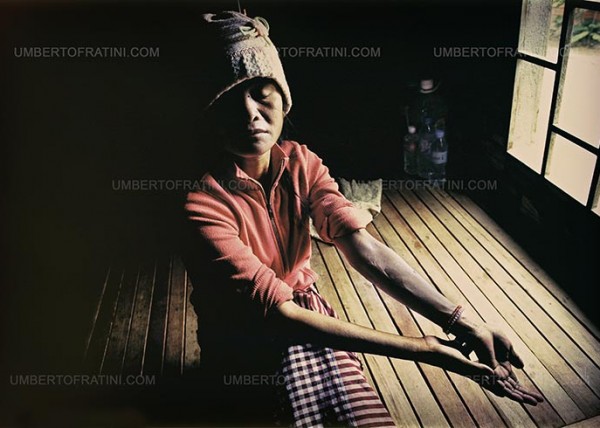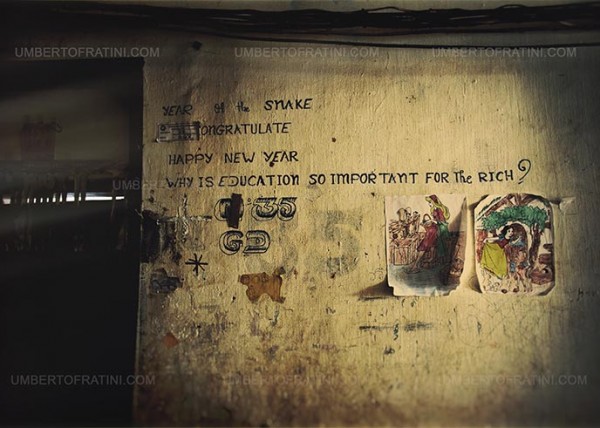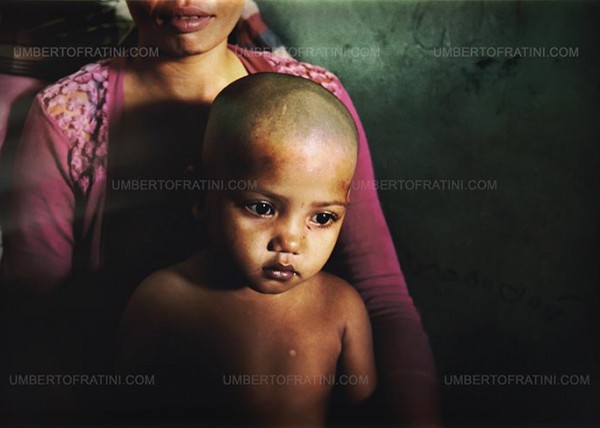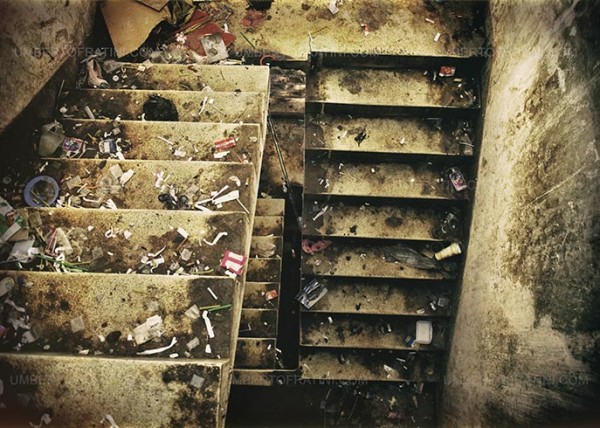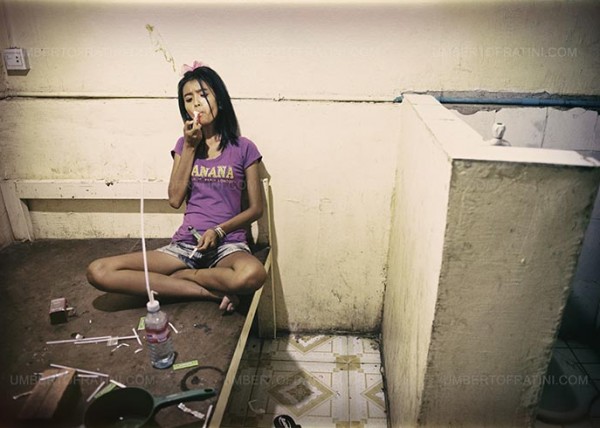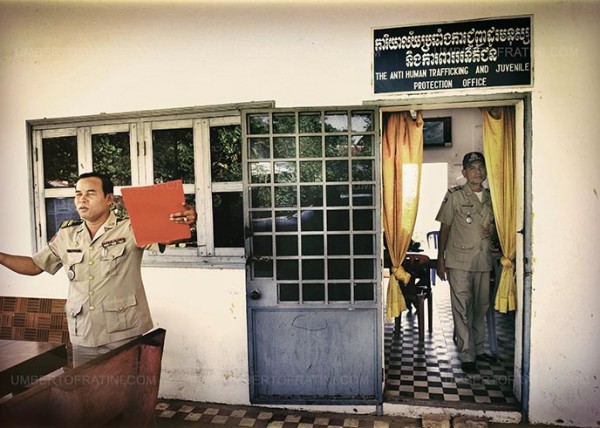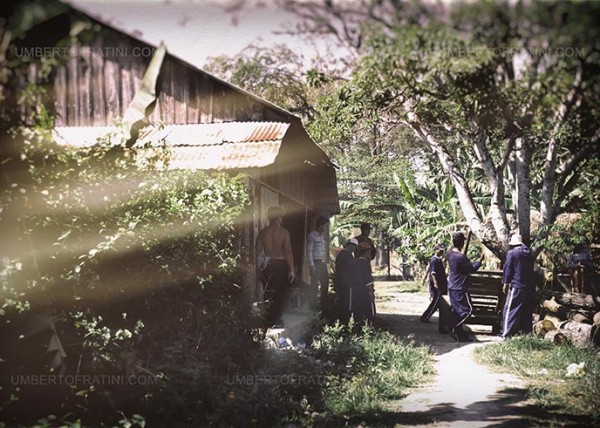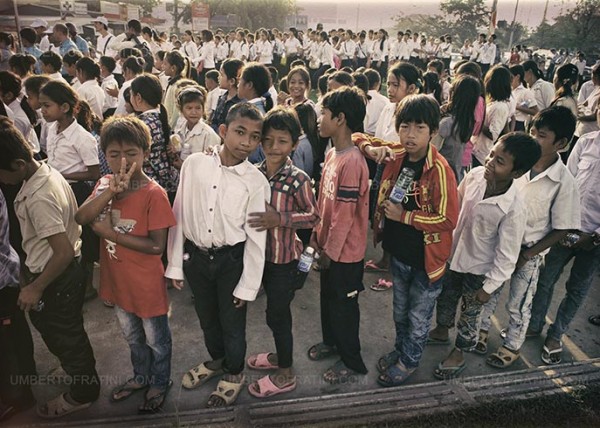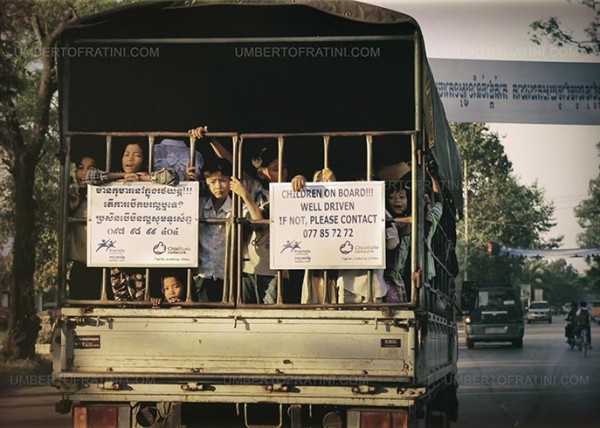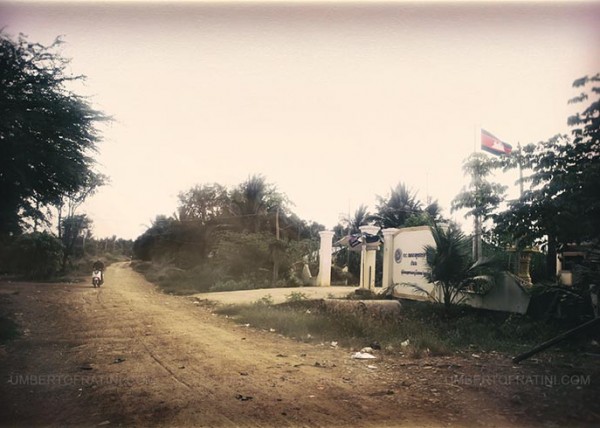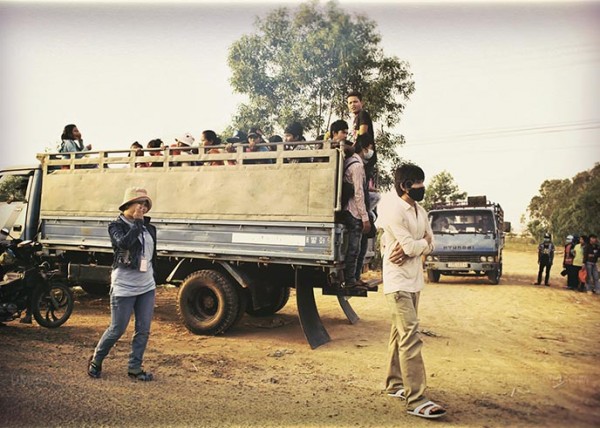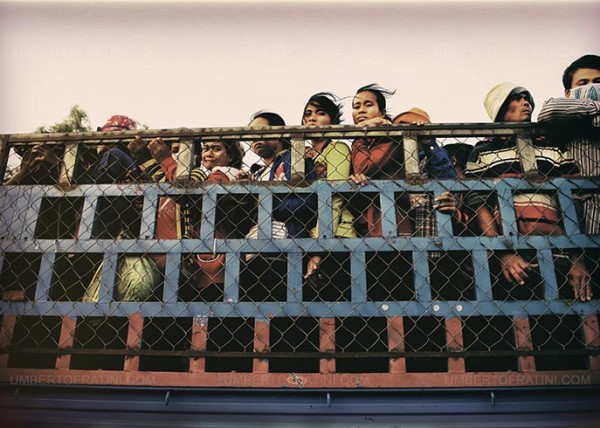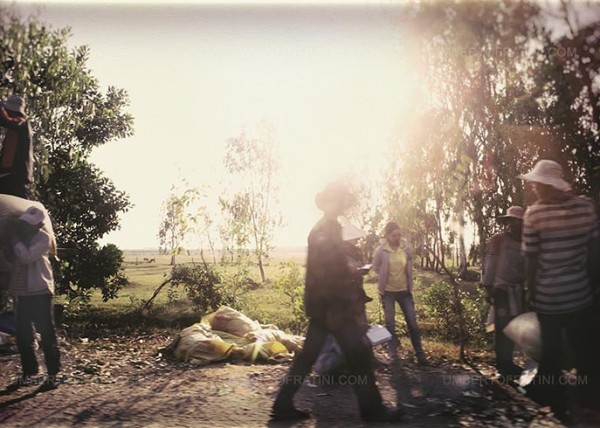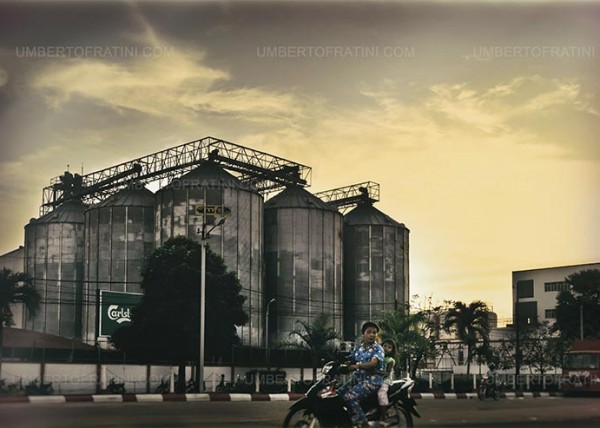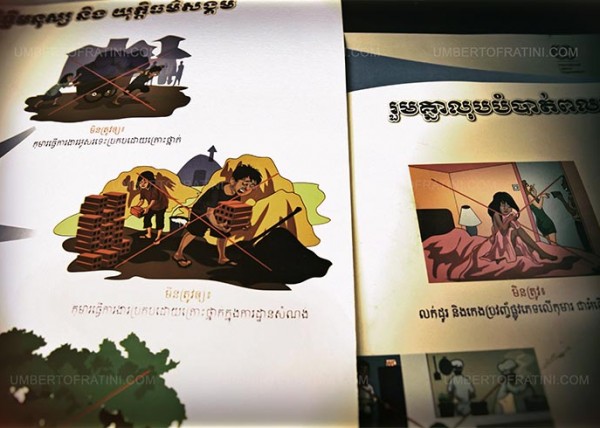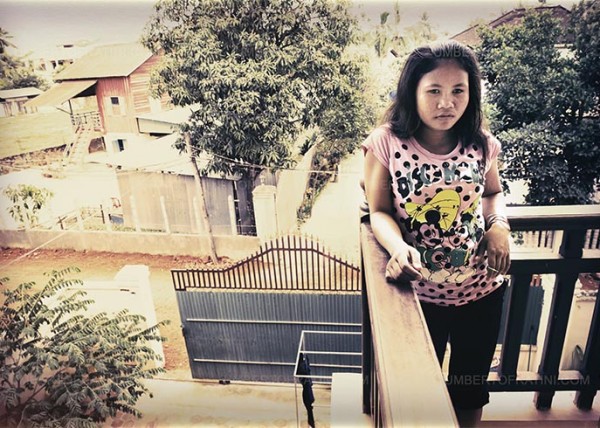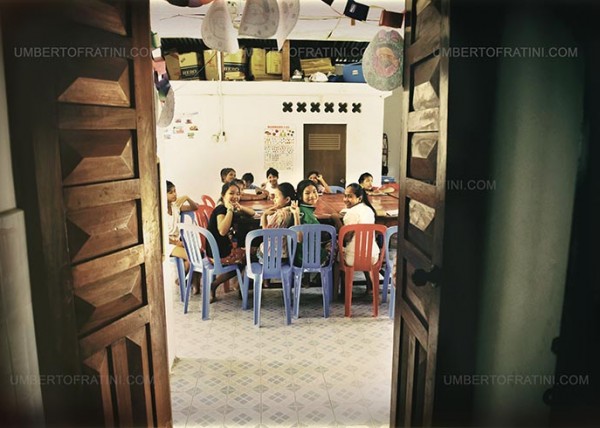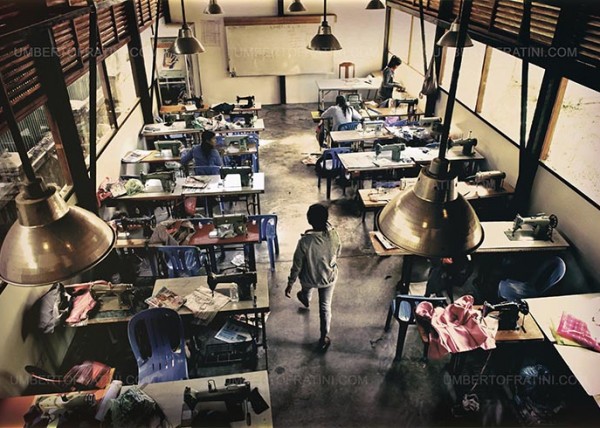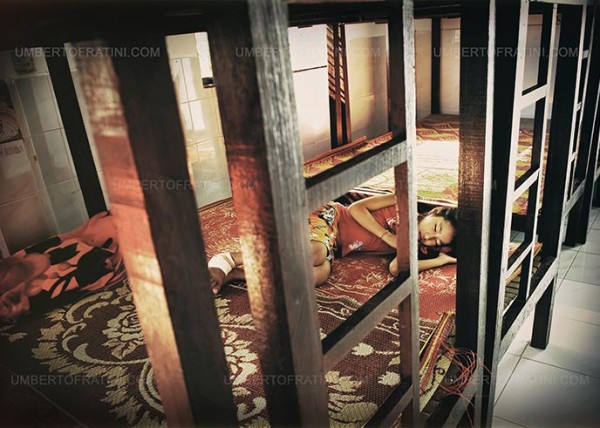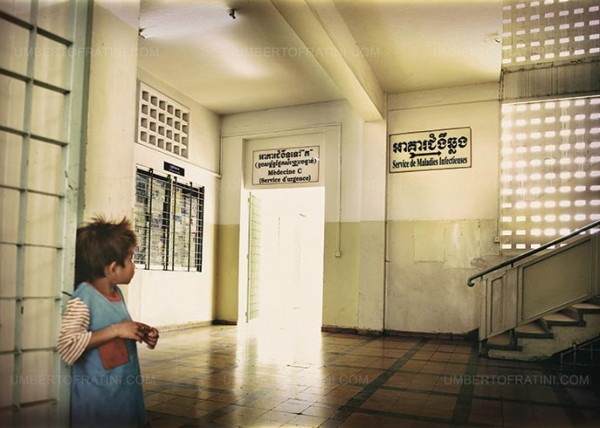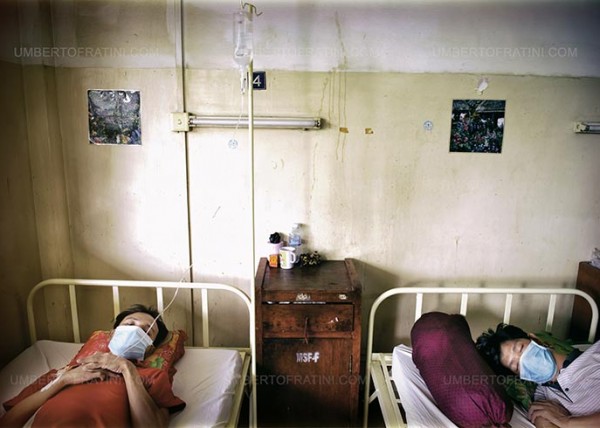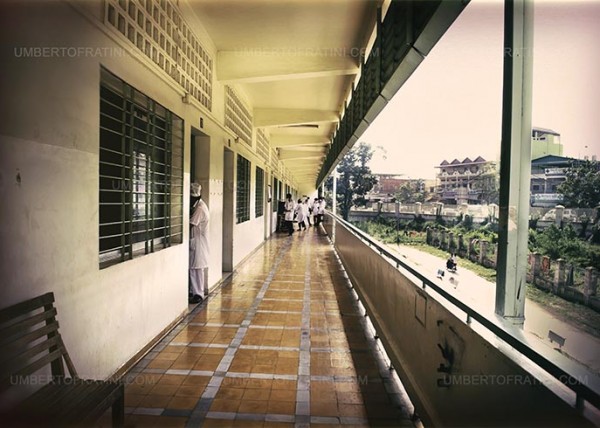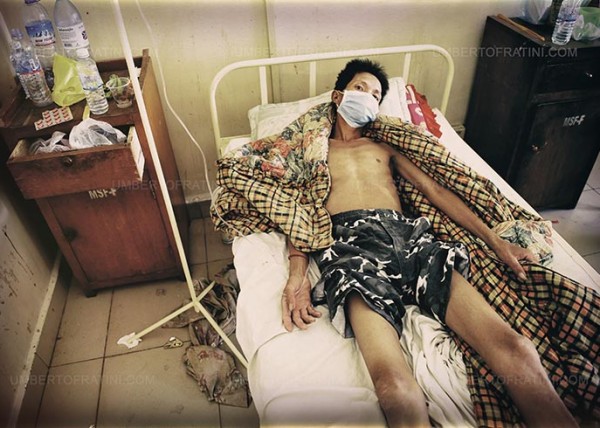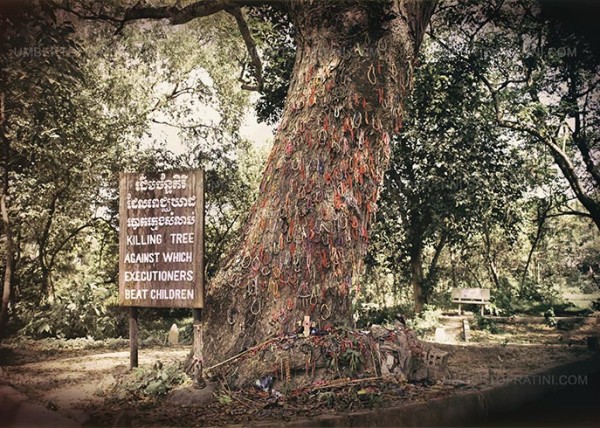The Situation
Cambodia is a source, transit, and destination country for human trafficking. The traffickers are reportedly organized crime syndicates, parents, relatives, friends, intimate partners, and neighbors. Cambodian men, women, and children are trafficked for sexual and labor exploitation in Thailand, Malaysia, Macao, and Taiwan.Men are trafficked for forced labor in the agriculture, fishing, and construction industries. Women are trafficked for sexual exploitation and forced labor in factories or as domestic servants.Children are trafficked for sexual exploitation and forced labor in organized begging rings, soliciting, street vending, and flower selling. The Ministry of Social Affairs and Youth Rehabilitations found that 76 percent of trafficked persons returned from Thailand had come from families who owned land, 93 percent owned their own house and had no debt on the land or house, and 47 percent stated that their mother was the facilitator of their trafficking. Cambodia is a destination country for women and children who are trafficked from Vietnam and China for sexual exploitation. Common destinations for trafficking victims are Phnom Penh, Siem Reap, and Sihanouk Ville. A 2005 report estimated that 2,000 victims in Cambodia have been trafficked into sexual exploitation, approximately 80 percent of whom were Vietnamese women and girls. ECPAT Cambodia reports that as many as one third of the trafficking victims in prostitution are children. Cambodia has also internal trafficking of women and children from rural to urban areas for sexual exploitation. Many victims believe they will be working as domestic servants but are later coerced into sexual exploitation. There are many causes of human trafficking in Cambodia.Human trafficking in Cambodia has increased because of a number of factors, including poverty,(families sell their children for 3/400 dollars in order to pay debts), socio-economic imbalance between rural and urban areas, increased tourism, lack of unemployment, education, and safe migration; poverty being the most significant cause of trafficking.The International Labour Organization argues that the aftermath of the Khmer Rouge regime is still felt both psychologically and economically and plays a direct role in labor and sexual exploitation arising from ill-prepared migration. The upheavals caused by the conflict and lack of opportunities in rural areas have fueled a return to the cities and urban areas, all but emptied during the Khmer Rouge period. With well over half the population below the age of 20, Cambodia faces a growing problem of providing decent work for its young population, further increasing the drive toward cross-border migration for employment, and perpetuating the cycle of vulnerability to human trafficking.

